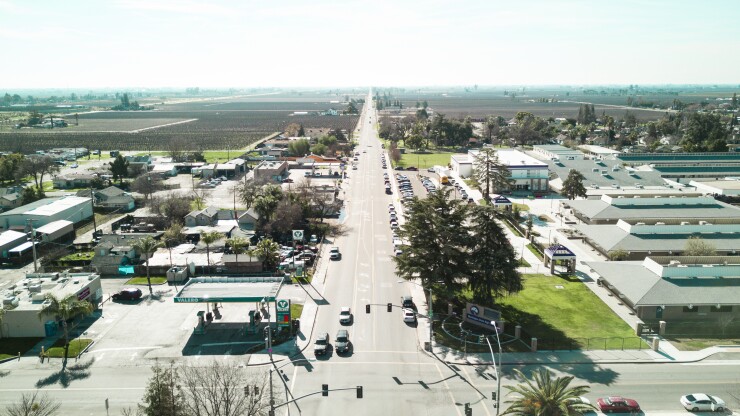That old fixer-upper house down the block may have seen better days, but in an environment where new-home prices are on the rise, older homes remain in demand in many markets.
Not only are they potential starter homes for younger families, downsizing options for empty-nesters or properties for investors to rent, but they represent an opportunity for would-be "flippers" anxious to fix 'em up and turn a tidy profit.
A recent report from LendingHome Funding Corp., a company that provides financing for buyers seeking homes to fix and flip, indicates that from 2014 through 2017, more than 4,400 homes in Fresno County — and more than 8,200 in the five-county Valley region that includes Madera, Merced, Kings and Tulare counties — were sold to buyers who planned to flip them for a profit.
That's out of a flipping market estimated at almost 152,000 homes statewide over the four-year period, according to LendingHome's report.
"We found that, on average, it took about 180 days, or about six months to flip a house in California, which was 20 days faster than the national average," the report said. Additionally, LivingHome cited
LendingHome defines a flipper as "someone who has completed at least one home purchase and resale in a year or less, with at least 10% profit, or someone who has purchased and resold at least two homes in 1,000 days or less."
The collapse of the housing market in the late 2000s, and the resulting economic recession, helped spawn the popularity of flipping as opportunists took advantage of a rising number of financially distressed or foreclosed homes.

Flipping has also been fueled by a slew of do-it-yourself TV shows such as "Flip That House," "Flipping Out," "Flip or Flop" and "Masters of Flip," among others.
More than 25% of all California homes purchased for flipping from 2014 through 2017 were in Los Angeles County, according to the LendingHome report.
Fresno County's flips during that four-year span represented about 2.9% of all flips in the state — eighth out of California's 58 counties behind Los Angeles, San Diego, Riverside, San Bernardino, Sacramento, Orange and Kern counties. It's enough to prompt LendingHome to dub the county as a "flipping hot spot" in the state.
In Fresno County, the number of home purchases for flips has grown in each of the past four years: 835 in 2014, 1,080 in 2015, 1,214 in 2016 and 1,317 last year.
Madera and Kings counties saw similar four-year growth, while there was a modest dip from 2016 to 2017 in Merced and Tulare counties.
The average revenue on a flip — the raw difference between what a flipper paid for the house and the price at resale — in Fresno County was estimated at about $64,000. That's before accounting for the costs of material and labor to prepare the house for resale.
Still, homes being sold to buyers who planned to fix them up and sell them at a profit amounted to a relatively small chunk of the overall housing market statewide — about 3.3% of all home sales in 2017, according to the California Association of Realtors' annual housing market survey of buyers for 2017. That's down from 4.4% in 2014.
"In the last few years, the percentage of all buyers purchased their property as an investment to flip has declined, likely because rising home prices made it difficult to make a large profit," said Lotus Lou, public relations director for the Realtors' association.
Instead, the vast majority of homes sold — about 82 out of 100 — are still for people to have as their primary residence. Another 9.2% were purchased as investment properties to rent, while 5.2% were purchased as second homes or vacation homes, the Realtors' survey said.
Neither LendingHome nor the California Association of Realtors was able to provide a county-by-county breakdown of total home sales to put the flipping market into context on a local scale.
But, the LendingHome report added, "the concentration of flipping activity in some of the wealthiest markets in California — Los Angeles, San Diego and the San Francisco Bay Area, suggests that flippers are not deterred by rising home prices."
"Instead, they are able to pursue bigger projects that bring in more revenue," the company's analysts surmised.
"In the San Francisco Bay Area, for example, with the population boom and limited inventory, house flippers found investment opportunities in the nearby up-and-coming counties of Alameda and Contra Costa," which both ranked in the top four in California in terms of median revenue per flipping deal.





